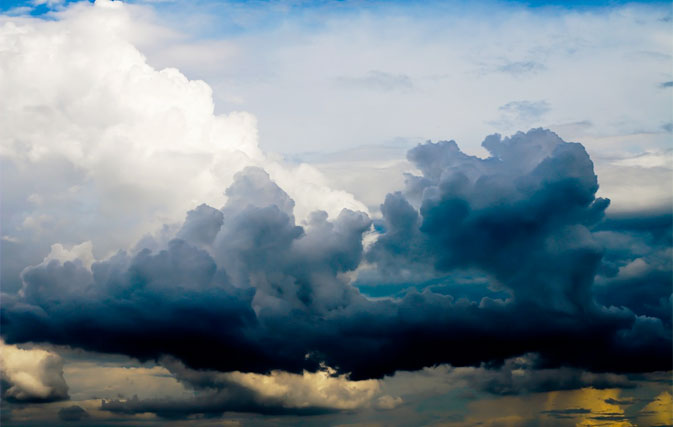LOS ANGELES — Tropical Storm Hilary deluged arid parts of Mexico and then drenched Southern California from the coast to the desert resort city of Palm Springs and inland mountains, forcing rescuers to pull several people from swollen rivers.
Even as the storm subsides across the coast, flooding and mudslides were expected across the parts of the southwestern U.S.
The storm first made landfall in Mexico’s arid Baja California Peninsula on Sunday in a sparsely populated area about 150 miles (250 kilometers) south of Ensenada. One person drowned. It then moved through mudslide-prone Tijuana, threatening the improvised homes that cling to hillsides just south of the U.S. border.
The first tropical storm to hit Southern California in 84 years, Hilary dropped more than half an average year’s worth of rain on some areas, including Palm Springs, which saw nearly 3.18 inches (8 centimeters) of rain by Sunday evening.
The National Hurricane Center in Miami downgraded Hilary to a post-tropical storm in its early Monday advisory, and warned that “continued life-threatening and locally catastrophic flooding” was expected over portions of the southwestern U.S. on Monday. All coastal warnings were discontinued.
Forecasters warned of dangerous flash floods across Los Angeles and Ventura Counties, and fire officials rescued 13 people from knee-deep water in a homeless encampment along the rising San Diego River. Meanwhile, rain and debris washed out some roadways and people left their cars stranded in standing water. Crews pumped floodwaters out of the emergency room at Eisenhower Medical Center in Rancho Mirage.
Sunday was the wettest day on record in San Diego, with 1.82 inches (4.6 centimeters), the National Weather Service said in a post on X, the social media platform previously known as Twitter. The previous record was on Aug. 17, 1977, when 1.8 inches (4.5 centimeters) post-Hurricane Doreen dumped record rainfall on the area.
The storm was projected to weaken as it continued moving northward over California and into Nevada, but Richard Pasch, a hurricane specialist with the National Hurricane Center, said “very heavy” rain and strong winds are still likely.
Southern California got another surprise Sunday afternoon as an earthquake with a preliminary magnitude of 5.1 hit near Ojai, about 80 miles (130 kilometers) northwest of downtown Los Angeles, according to the U.S. Geological Survey. It was felt widely and was followed by smaller aftershocks. There were no immediate reports of major damage or injury, according to a dispatcher with the Ventura County Sheriff’s Office.
Hilary is just the latest major climate disaster to wreak havoc across the U.S., Canada and Mexico. Hawaii’s island of Maui is still reeling from a blaze that killed over 100 people and ravaged the historic town of Lahaina, making it the deadliest U.S. wildfire in more than a century. Firefighters in Canada are battling that nation’s worst fire season on record.
Also Sunday, one of several budding storm systems in the Atlantic Ocean became Tropical Storm Emily, according to the National Hurricane Center. It was far from land, moving west in the open ocean.
Meanwhile, Tropical Storm Franklin formed in the eastern Caribbean. Tropical storm watches were issued for the southern coasts of Haiti and the Dominican Republic.

